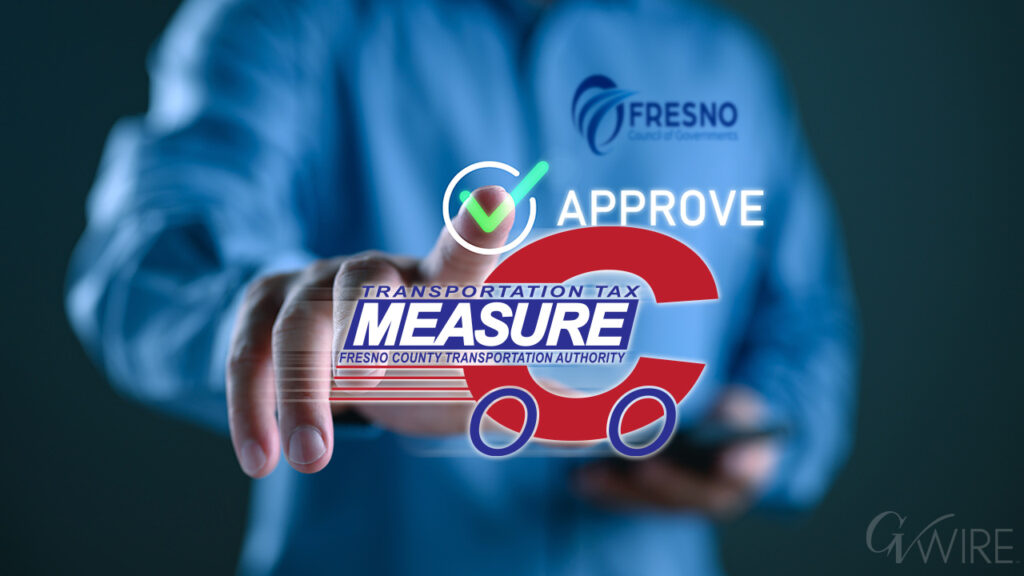Share
WASHINGTON — The ozone hole near the south pole this year is the smallest since it was discovered, but it is more due to freakish Antarctic weather than efforts to cut down on pollution, NASA reported.
This fall, the average hole in Earth’s protective ozone layer is 3.6 million square miles. That’s down from a peak of 10.3 million square miles in 2006.
“That’s really good news,” NASA scientist Paul Newman said Tuesday. “That means more ozone over the hemisphere, less ultraviolet radiation at the surface.”
Earth’s ozone layer shields life on the surface from harmful solar radiation, but man-made chlorine compounds that can last in the air for 100 years nibble at the ozone, creating thinning and a gap over the Southern Hemisphere.
The hole reaches its peak in September and October and disappears by late December until the next spring in the Southern Hemisphere.
This Is Something That Happens on Occasion, but Not This Extreme
The 1987 international Montreal Protocol — the only United Nations treaty ratified by every country on Earth — banned many of the chlorine compounds used in refrigerants and aerosols. The ban resulted in a slightly smaller ozone hole in recent years, but this year’s dramatic shrinking isn’t from those efforts, Newman said.
“It’s just a fluke of the weather,” said University of Colorado atmospheric scientist Brian Toon.
Chlorine in the air needs cold temperatures in the stratosphere and clouds to convert into a form of the chemical that eats ozone, Newman said. The clouds go away when it warms up.
But this September and October, the southern polar vortex — which just like the northern one is a swirl of cold high-speed winds around the pole — started to break down. At 12 miles high in the atmosphere, temperatures were 29 degrees warmer than average. Winds dropped from a normal 161 mph to about 67 mph, NASA reported.
This is something that happens on occasion, occurring in 1988 and 2002, but not this extreme, Newman said.
“We got a little bennie (benefit) this year,” he said.



















